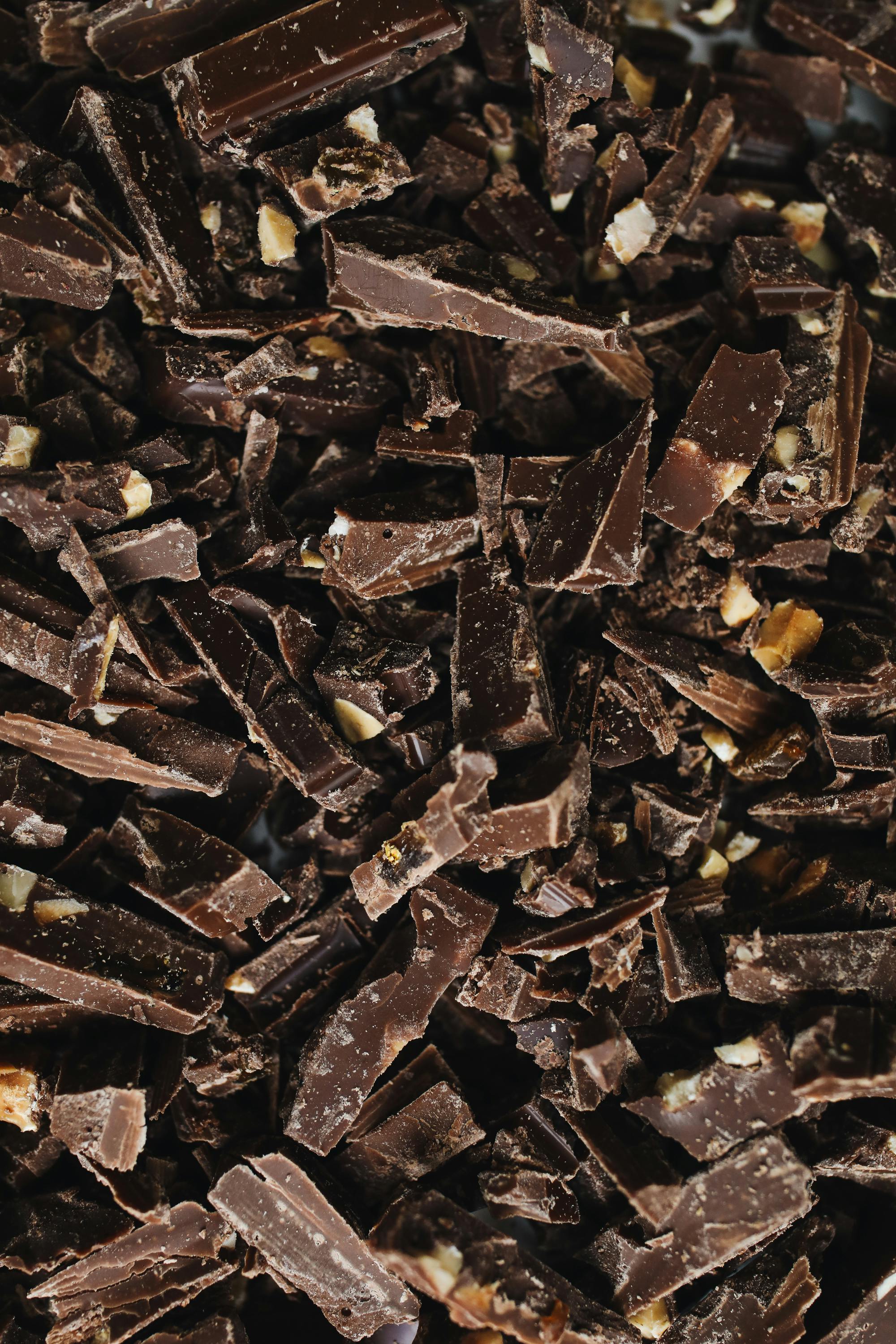Staubläuse Bisse: Understanding the Tiny Intruders
What are Staubläuse?
Staubläuse, commonly known as dust fleas or springtails, are tiny insects that measure just 1-2 mm in length. They are often found in moist environments such as soil, leaf litter, and even within homes if the conditions are ideal. Despite their name, they are not actually fleas and do not bite humans. Instead, they play a crucial role in the ecosystem by breaking down organic matter, contributing to nutrient cycling. Their presence is generally a sign of high humidity levels in the surroundings.

Characteristics of Staubläuse
Recognizable by their elongated bodies and varied colors, Staubläuse can be found in shades of brown, yellow, or grey. One of their most distinctive features is their ability to jump, which they accomplish using a tail-like structure called the furcula. This mechanism allows them to escape threats quickly. Additionally, they thrive in environments with high moisture content, making them common in damp basements, bathrooms, and gardens.
Where to Find Staubläuse
Staubläuse are often prevalent in environments with organic decay, such as compost piles and under houses, particularly where moisture is retained. Indoors, they tend to inhabit places with poor drainage or high humidity, such as kitchens and bathrooms. Monitoring these areas can help in identifying their presence early on, thereby preventing larger infestations. Regular cleaning and drying of damp areas can significantly minimize their population indoors.
Why Do Staubläuse Matter?
Understanding Staubläuse is crucial due to their role in the ecosystem. They serve a vital function in breaking down organic materials, which enriches the soil and promotes plant health. Their feeding habits significantly enhance the decomposition process, making nutrients available for microorganisms and plants. In gardens, having a healthy population of Staubläuse can be advantageous as they aerate the soil and facilitate the composting process.
Impact on Indoor Environments
While Staubläuse do not pose a direct threat to humans, their presence indoors can indicate underlying moisture issues that may lead to mold growth and other pest problems. If you find Staubläuse in your home, it could be a sign that areas require inspection and improvement in ventilation and humidity control. By addressing moisture problems, not only can you reduce Staubläuse populations, but you can also improve indoor air quality.
Natural Predators of Staubläuse
Staubläuse have a variety of natural predators, including certain species of spiders, beetles, and nematodes. These predators keep Staubläuse populations in check, allowing for a balanced ecosystem. For instance, introducing beneficial insects in a garden can help maintain the population of Staubläuse at a manageable level, promoting a healthier environment. Understanding the predator-prey relationship is essential for natural pest control.
How to Manage Staubläuse in Your Home
If you find an infestation of Staubläuse in your home, it’s important to take action to manage their population. The first step is identifying and eliminating moisture sources. Ensuring proper ventilation and using dehumidifiers in damp areas can significantly reduce humidity levels, making the environment less favorable for Staubläuse. Regular cleaning, especially in areas prone to moisture, can prevent their population from growing.
Tips for Keeping Your Home Staubläuse-Free
Here are some effective strategies to manage and prevent Staubläuse infestations:
- Utilize dehumidifiers in damp areas of your home
- Fix leaks and ensure proper drainage
- Regularly clean and vacuum to remove organic debris
- Seal cracks and crevices to prevent entry
- Consider using natural insecticides if populations become unmanageable
Implementing Natural Pest Control Techniques
Natural pest control methods are often effective for managing Staubläuse populations without harmful chemicals. Introducing beneficial insects like nematodes can help control their numbers naturally. Additionally, using diatomaceous earth around affected areas can deter Staubläuse by creating an abrasive surface that damages their exoskeletons. Such interventions not only reduce Staubläuse presence but also maintain a healthier indoor ecosystem.
FAQs about Staubläuse
1. Are Staubläuse harmful to pets or humans?
No, Staubläuse are not harmful to humans or pets. They do not bite or sting but can be an indicator of excessive moisture within the home.
2. How can I identify if I have a Staubläuse infestation?
If you notice tiny, jumping insects in damp areas of your home or around organic debris outdoors, you may have a Staubläuse infestation. Checking for moisture issues can also confirm their presence.
3. Can I eliminate Staubläuse permanently?
While it’s challenging to eliminate Staubläuse entirely due to their role in the ecosystem, managing moisture levels and maintaining cleanliness can significantly reduce their populations indoors.
4. Do Staubläuse indicate larger pest problems?
Yes, the presence of Staubläuse is often a sign of moisture problems that could lead to other pest issues, such as mold or other insects. It’s advisable to investigate and resolve any underlying issues.
5. What are some common habitats for Staubläuse?
Staubläuse thrive in moist environments, commonly found in soil, leaf litter, compost, and areas with decay or standing water.
Key Takeaways
- Staubläuse play a significant role in breaking down organic matter.
- They thrive in moist environments and do not pose risks to humans.
- Managing home humidity and cleanliness is essential for prevention.
- Natural pest control methods, like introducing beneficial insects, can help manage populations.
Understanding Staubläuse and their environmental role is vital for maintaining a healthy ecosystem both indoors and outdoors. If you’re facing issues with Staubläuse in your home, take proactive steps to control moisture and ensure better living conditions. By implementing the strategies discussed, you can effectively manage these tiny creatures while preserving the natural balance of your environment.
For more information on maintaining a pest-free environment, feel free to reach out or check our website for additional resources.
